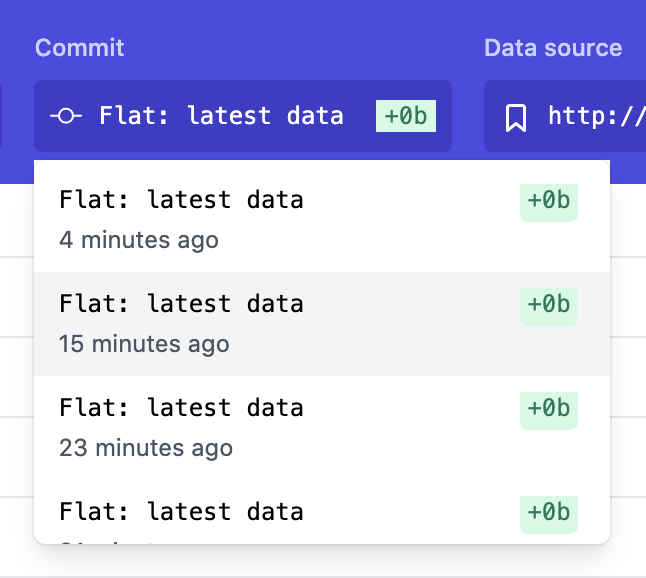
- #GITHUB ACTIONS PRICING APK#
- #GITHUB ACTIONS PRICING SOFTWARE#
- #GITHUB ACTIONS PRICING CODE#
- #GITHUB ACTIONS PRICING FREE#
Examples of some plugins that could help promote functionality in Jenkins and in turn enhance build workflow include: In order to effectively use Jenkins, plugins are integrated with the tool which in turn adds functionality (plugins are used based on project requirements).
#GITHUB ACTIONS PRICING SOFTWARE#
Jenkins is simply an open-source automation server written in Java that is used to automate a workflow that continuously builds, tests, and deploys software projects. Let’s consider another awesome tool called Jenkins which you can use to automate your build workflow.

Github actions are relatively new and as a result, have less community support. Maturity: Jenkins has been around and is more mature than Github Actions.
#GITHUB ACTIONS PRICING CODE#
Using Jenkins allows you to store your code on any repository be on Github, Gitlab, BitBucket etc. Lock-in: With Github Actions, you are more or less tied to Github as a Source code management system.These runners are owned and maintained by Github but you can add self-hosted runners as well.
#GITHUB ACTIONS PRICING FREE#
However, Github Actions provides you with free runners you can use to perform your CI/CD operations. This means that you will have to maintain the Jenkins server continuously. Setup and Maintenance: With Jenkins, you will be running it on a custom server.For a startup/small company, your developers may already have some knowledge of YAML so Github Actions is a logical choice as a CI/CD platform. All you need to get started is a YAML file.

Ease of use: Github Actions is very beginner-friendly.Well, now that we have gotten a basic understanding of what Github Actions is about, let’s look at some advantages of using Github Actions compared to Jenkins: You can also import repository secrets in your workflows which allows you to avoid hard-coding any sensitive information in your workflows. ) You can use self-hosted runners to build and deploy your applications as well. These runners are free but have some limits on them (Learn more about this here. Here’s a link to the marketplace so you can check it out yourself.Īs we said before, Github Actions gives you free runners (which are actually hosted on Microsoft Azure) to build your applications. You can find actions for anything you want to do on the marketplace, from building a nodejs app to deploying an app on Google App Engine. Github actions also have a marketplace where you can find premade actions that simplify the process of building and deploying your applications. I will not be going deep into how Github Actions works, however, here’s a link where you can learn more. Now, without stretching up the introduction, let’s proceed to the workflow.A typical workflow file has a name, an on parameter that defines what events cause the pipeline to run like a push to master, pull request, etc., and one or more jobs that run in order to build/deploy your app. The speed of Github Actions is good, and its pricing is better than that of Travis.įlutter 💙 is Google’s UI toolkit for building beautiful, natively compiled applications for mobile, web, and desktop from a single codebase. It contains most features than other CI/CDs like Travis or CircleCI have. You can write individual tasks, called actions, and combine them to create a custom workflow. Github Actions help you automate your software development workflows in the same place you store code and collaborate on pull requests and issues. I will skip all the annoying things that GitHub actions put me into and 😀 quickly tell you the steps to set up the GitHub actions for your Flutter apps.

This process is the same for a typical flutter application since we are running terminal commands.
#GITHUB ACTIONS PRICING APK#
For the past few days, I was working on automating the process of testing, analyzing, check the code formatting, building, and generating an Android APK for a flutter project using Github Actions.


 0 kommentar(er)
0 kommentar(er)
